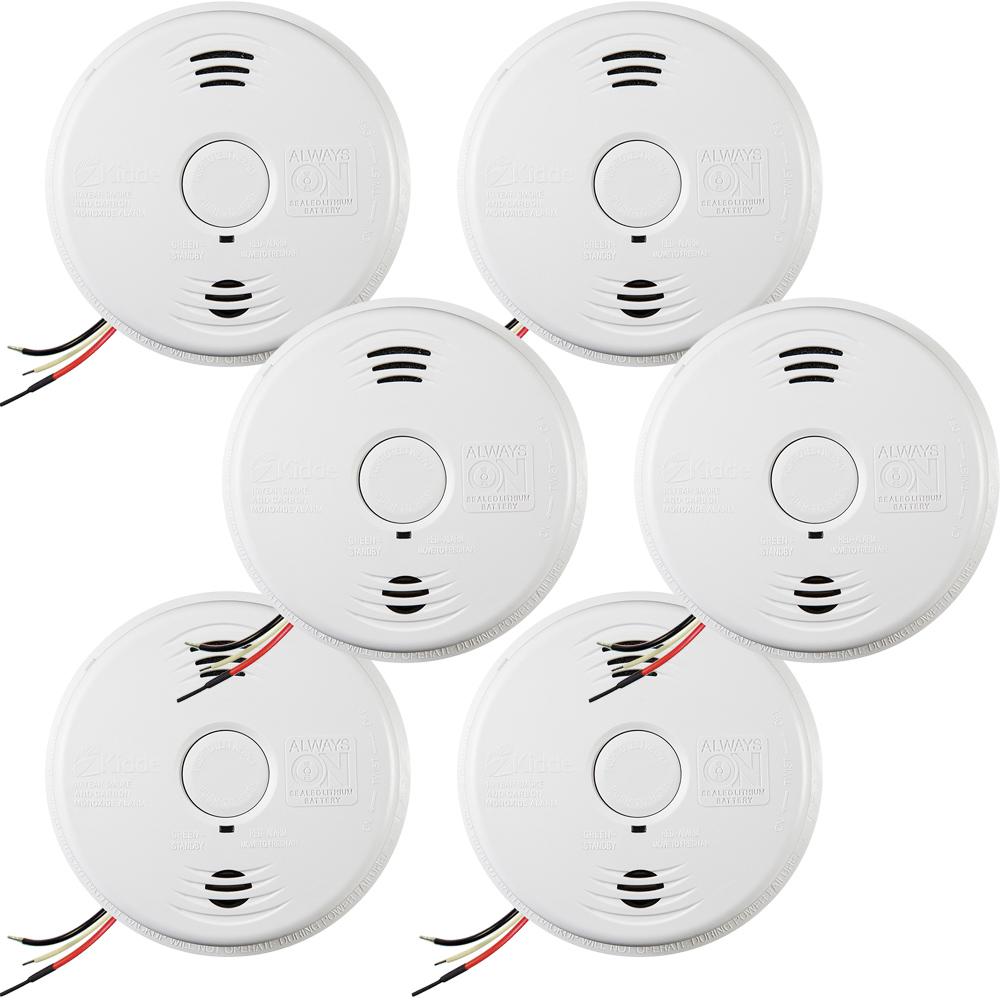

We like this extra safeguard as it ensures our alarm is always functioning correctly. The 85-decibel alert was loud and clear enough that we were confident it’d wake us if we were sleeping.Īnother design perk: The battery compartment will only shut if the batteries have been installed properly. Placed correctly, the Kidde combination alarm will use ionization and electrochemical sensing technology to immediately alert users to dangerous levels of smoke and carbon monoxide. If mounting on the ceiling, it needs to be a minimum of 4 inches from the side wall. If wall mounting, you need to keep the edge of the alarm a minimum of 4 inches from the ceiling and a maximum of 12 inches below the ceiling. Kidde says this alarm works best when mounted high on a wall or on the ceiling. This left us scratching our heads because how could you optimally place a single combination unit with those factors in mind?Īfter additional research and reading through the Kidde pamphlet, however, it seems that advice isn’t sound. We’d previously read that for this reason, CO detectors should be placed between knee height and 5 feet. Since it’s just slightly lighter than air, it disperses through rooms. But carbon monoxide, on the other hand, doesn’t sink or rise. Smoke tends to rise, which is why so many smoke alarms are installed on or near the ceiling.

Our biggest concern about the Kidde dual alarm was where we were going to place it. The Spruce / Katie Begley Design: Pretty simple Dust, grease, and cleaning chemicals can damage the alarm’s sensor, so it’s imperative it be placed correctly. This feature is a nice touch if you know your alarm will be placed in a hallway or room near your kitchen, though it’s important to note that Kidde says not to place your alarm directly in your kitchen or within 5 feet of fuel-burning appliances. In the event that happens, the Kidde also has a Hush feature which allows users to silence the alarm when it goes off in benign situations. We have other Kidde products installed around our home and have only experienced false alarms due to cooking mishaps in the kitchen as cooking smoke is a common trigger for false smoke alarms. We didn’t have any false alarms during the month we tested the Kidde combination alarm in our room.

This distinction between announcements is very important since the recommended actions for responding to a smoke-related emergency can be different than a carbon monoxide-related emergency. That means it’ll go off when the batteries are low, when the Hush feature has been activated, and, of course, when it detects carbon monoxide. The same voice will alert users to a number of other scenarios as well, but it will distinguish the type of hazard it detects. We like that changing the batteries doesn’t require removing the detector from the base.


 0 kommentar(er)
0 kommentar(er)
